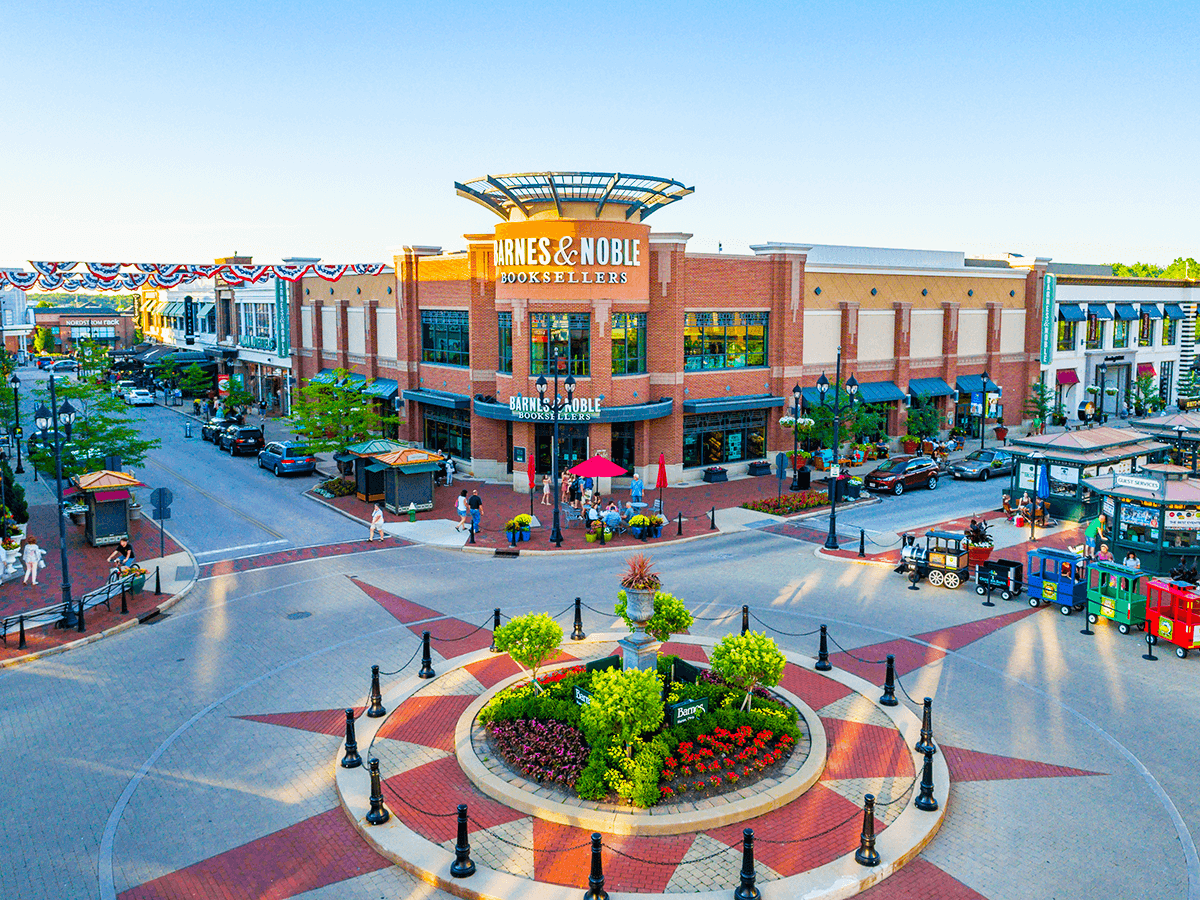How to Find Your Target Market

From the Desk of the COO
As real estate developers, our passion lies in creating spaces and amenities that expressly serve a need in the community. Identifying the target market is a crucial step in the development process and it serves as an indispensable guide to ensure sound decision making throughout the project’s lifespan. However, pinpointing your end-user is no simple task, and circumstances can easily change within the course of an entire development cycle that can significantly alter the scope of the project, and consequently the marketplace.
So, the million-dollar question is how do you go about determining the target market of a new development? And how do you accurately recalibrate based on potentially prohibitive factors such as geography, finances, legislation, and otherwise? The honest answer is that no one ever really knows, but there are certain principles that can help guide the way.
The first is experience. As the saying goes, “experience is the best teacher”, and there is absolutely no question that drawing from past experiences, both good and bad, is essential in not only locating, but being able to understand your target audience. Having a knowledgeable, experienced team around you who can add their professional insight is invaluable. Any successful leader knows that you can’t do it alone, strength comes in numbers and you are only as good as the team you have behind you.
The second principle is networking. Establishing reputable contacts throughout the real estate industry, and beyond, is imperative. Not only does this help bolster your list of potential partners and vendors, it offers a direct route to continually learn and stay on top of industry trends through the eyes of accomplished professionals. The right meeting or discussion at the right time can help reignite a stagnant project, solve a difficult issue, or, in this case, provide significant intel about your customer or market base.
The last, and arguably most important principle, is what we call the community core. Figuratively speaking, the community core represents a cultural hub, a gathering space where people and ideas converge to create new, shared experiences that would not be possible elsewhere. In practice, the community core is a vertically integrated neighborhood made up of mixed-use spaces that create an energetic and dynamic environment. Putting a focus on creating unique, original spaces that serve to enhance and enrich the community core will always offer insight into, and an avenue to connect with, your target market.
A good example of this is our Westlake, Ohio development, Crocker Park, which brings together retail, residential, commercial, and more into a modern lifestyle center. Offering world-class spaces and experiences that cater to the wants and needs of the local community has helped foster a meaningful connection with area residents. In turn, these individuals feel invested in this vibrant neighborhood asset and are eager to connect and engage with all of the various people and businesses that make up the collective core in order to ensure that the community continues to thrive.
So, in essence, the community core serves multiple roles. Not only does it act as the foundation for innovative development ideas that spark interest and investment during the initial phases of a project, it functions as a catalyst for continued growth for the lifespan of the development through organic interaction and collaboration between members in the community. It’s by no means full-proof, and it requires a strong creative vision, but when combined with an experienced, well-connected team of professionals, sky’s the limit … literally. And when executed properly, it can make even the most daunting development projects with an obscure, ill-defined marketplace seem like an easy target to hit. 

Sincerely,
Ezra Stark, Chief Operating Officer

